CA Dyslexia Initiative Professional Learning
NAVIGATION
The Sacramento County Office of Education (SCOE), through the California Dyslexia Initiative, developed dyslexia-related resources for educators. These include videos and professional learning modules that help foster a deeper understanding of dyslexia and support students who have difficulty learning.
The training videos—along with their associated companion documents—are designed to increase the understanding and awareness of dyslexia, and how to better support students.
Videos
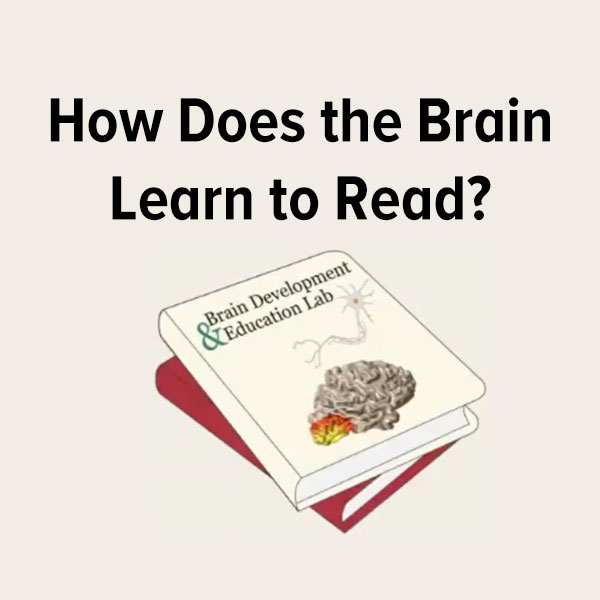
How Does the Brain Learn to Read?—Dr. Jason Yeatman, Associate Professor in the Graduate School of Education and Department of Psychology at Stanford University, lays out the neurobiological underpinnings of literacy and asks the question: “Why do some children struggle learning to read?” Dr. Yeatman presents data showing how intensive, evidence-based reading intervention programs can reshape the development of the brain’s reading circuitry. He concludes by discussing the implications of these findings for dyslexia screening and intervention.
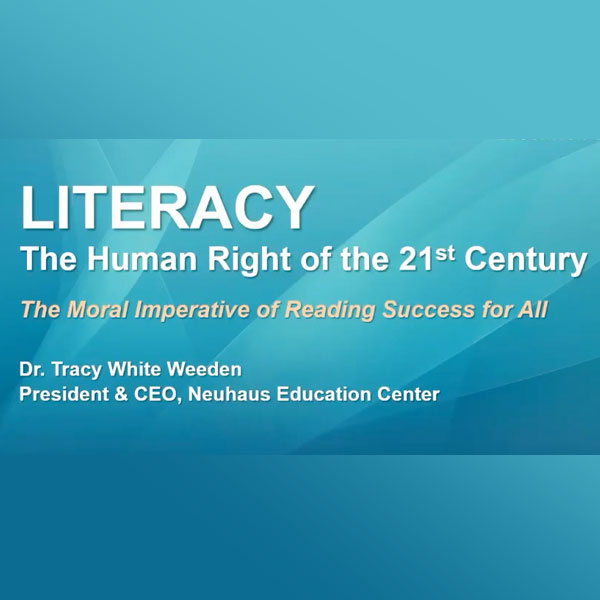
Literacy: The Human Right of the 21st Century—Dr. Tracy White Weeden discusses the moral imperative of reading success for all. Children and adults who are taught to unlock the structure of the English language have a “place at the table of plenty” in a 21st-century knowledge economy. The stakes are high: the “school-to-prison pipeline” is a potentially grim reality for scholars when systems are not designed for their success. As a literacy ally, what can your part be to influence from the middle as part of a literacy movement with a focus on reading success for all?
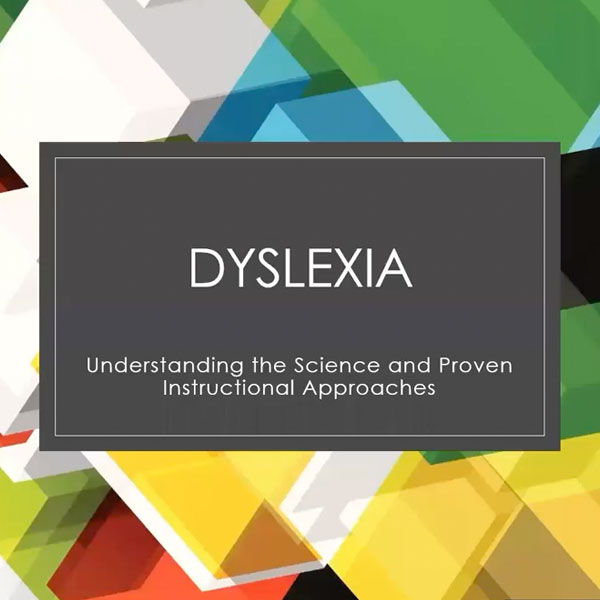
Dyslexia: Understanding the Science and Proven Instructional Approaches—Join Dr. Tracy White Weeden and Dr. Rebecca Tolson for a robust discussion of the science of reading and dyslexia including the key features of the Structured Literacy approach and activities for different levels, including students at risk in literacy for a variety of reasons, such as those from low-income backgrounds or English learners. Current research will be presented to ensure participants have a basic understanding of this common reading disability.
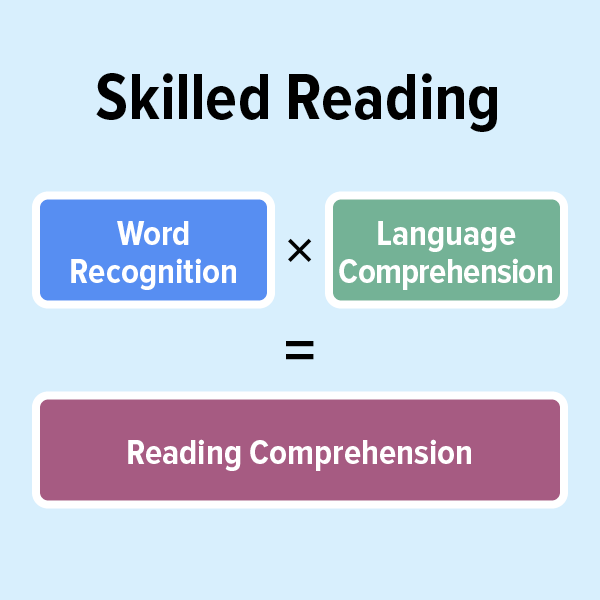
What Does It Mean to Be a Skilled Reader?—Humans are born wired to talk. They learn by being surrounded by spoken language. Learning to read, on the other hand, is different since people don't instinctively know how. This course explains what is needed to become a skilled reader by examining two foundational models of reading instruction: “The Simple View of Reading” (a formula that demonstrates how reading is based on word recognition and language comprehension) and Hollis Scarborough’s “Reading Rope” (a visual representation of what goes into learning to read).
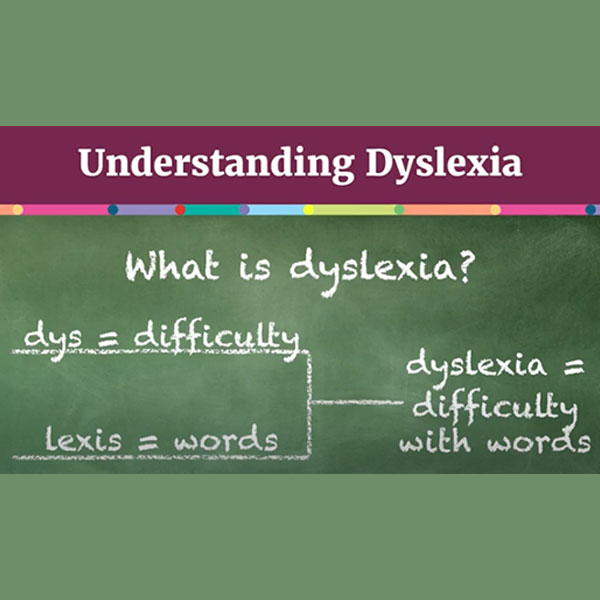
What is Dyslexia?—Early and accurate identification of dyslexia, in combination with evidence-based intervention and instruction, is critical for students to be successful. This video explores the four elements that form the definition of dyslexia that was approved in 2002 by the Research Committee of the International Dyslexia Association and the National Institute of Child Health and Human Development.
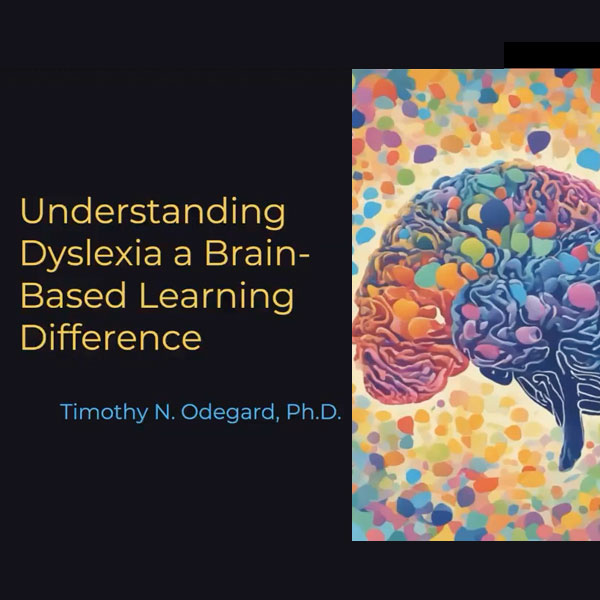
Understanding Dyslexia: A Brain-Based Learning Difference—Dr. Tim Odegard discusses why dyslexia is the most well-researched form of learning difference and neurodiversity, and despite well over 150 years of science, many educators report not understanding it. This session breaks down the brain-based language differences of dyslexia. It also outlines the risk indicators and characteristics of dyslexia and how these can be targeted as part of structured literacy intervention.
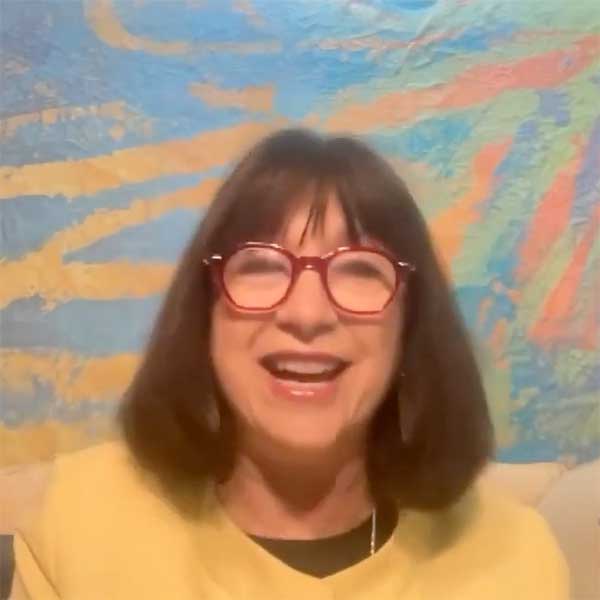
Dr. Maryanne Wolf: Lessons for all Children from Research on Dyslexia and the Reading Brain—This presentation will synthesize the implications of research on the reading brain and dyslexia for the teaching of reading, for screening and assessment, and for understanding the impact of digital culture on the deep reading/comprehension processes.
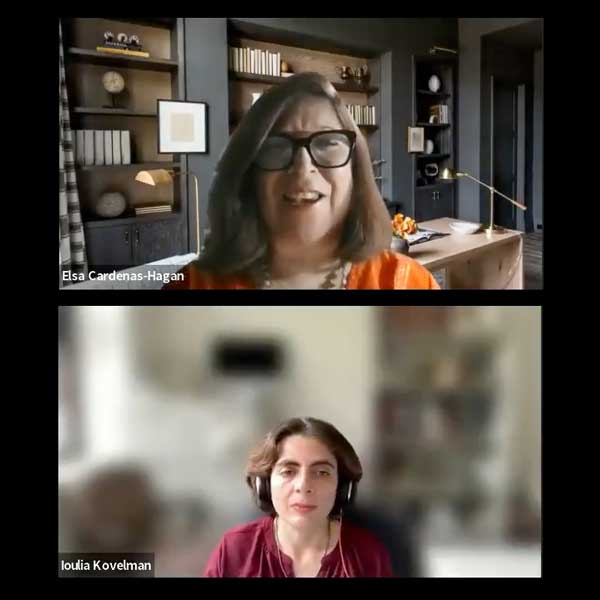
Dr. Elsa Cádenas-Hagen & Dr. Ioulia Kovelman: The Bilingual Brain Strengths in Reading Development and Dyslexia—Bilingualism changes mind, brain, and literacy development. Parents and educators often worry that these bilingual influences may interfere with children's literacy development- especially in struggling learners and those with dyslexia. In this session, we discuss research on the influences of childhood bilingualism on neural organization for learning to read. In particular, we will discuss how bilinguals' two languages interact within the developing mind and brain, and how these interactions influence children's emerging literacy skills. We will discuss bilingual brain data in the context of theoretical perspectives on literacy development and the necessary educational practices for learning to read.
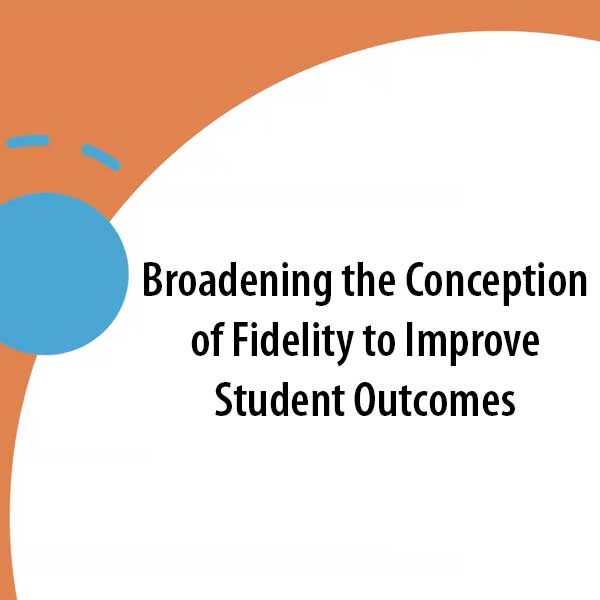
Dr. Kim Gibbons: Broadening the Conception of Fidelity to Improve Student Outcomes—Fidelity of Implementation is a critical component of the MTSS framework and impacts student outcomes. Often, fidelity measures focus on adherence to an intervention and/or the frequency and duration of intervention sessions. This session will introduce an expanded conception of fidelity to consider when evaluating the fidelity of literacy interventions. Three tools will be shared to enhance implementation fidelity in a supportive and non-evaluative manner.